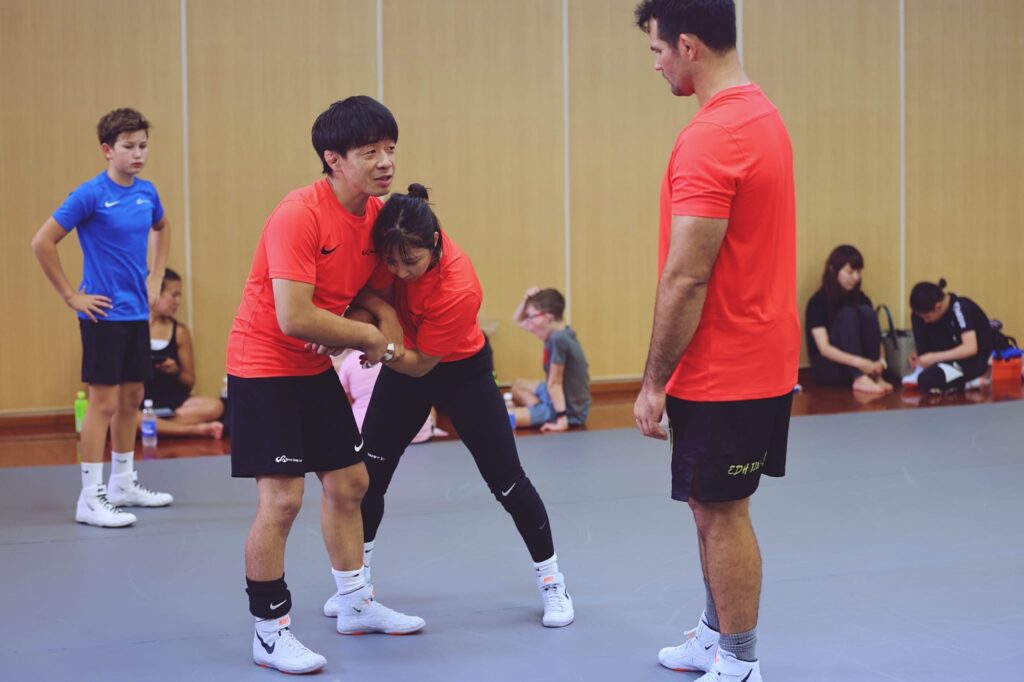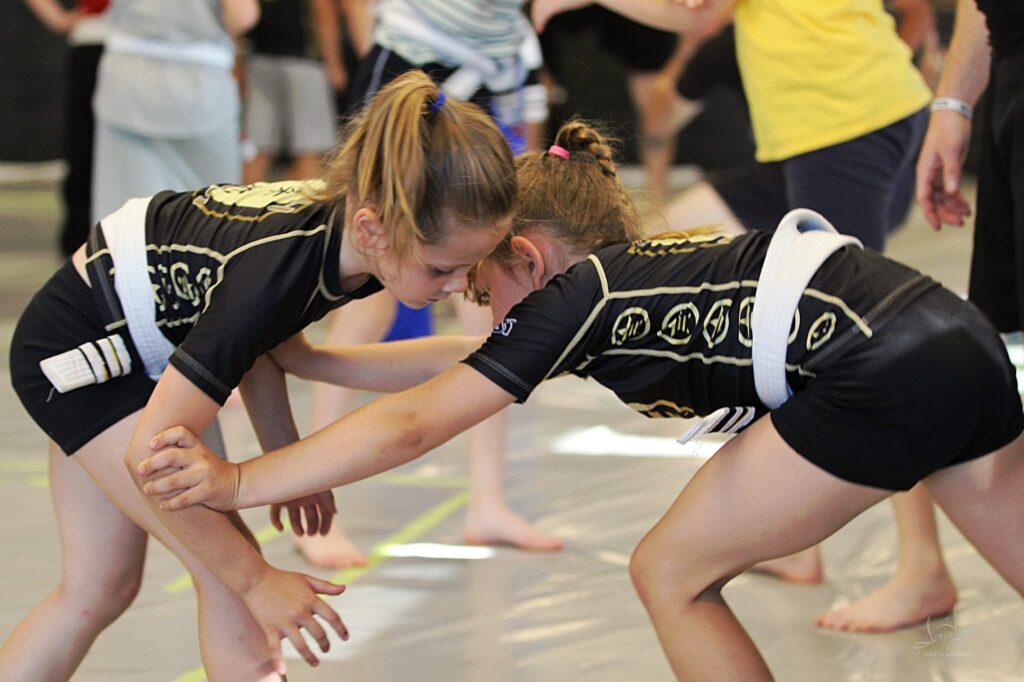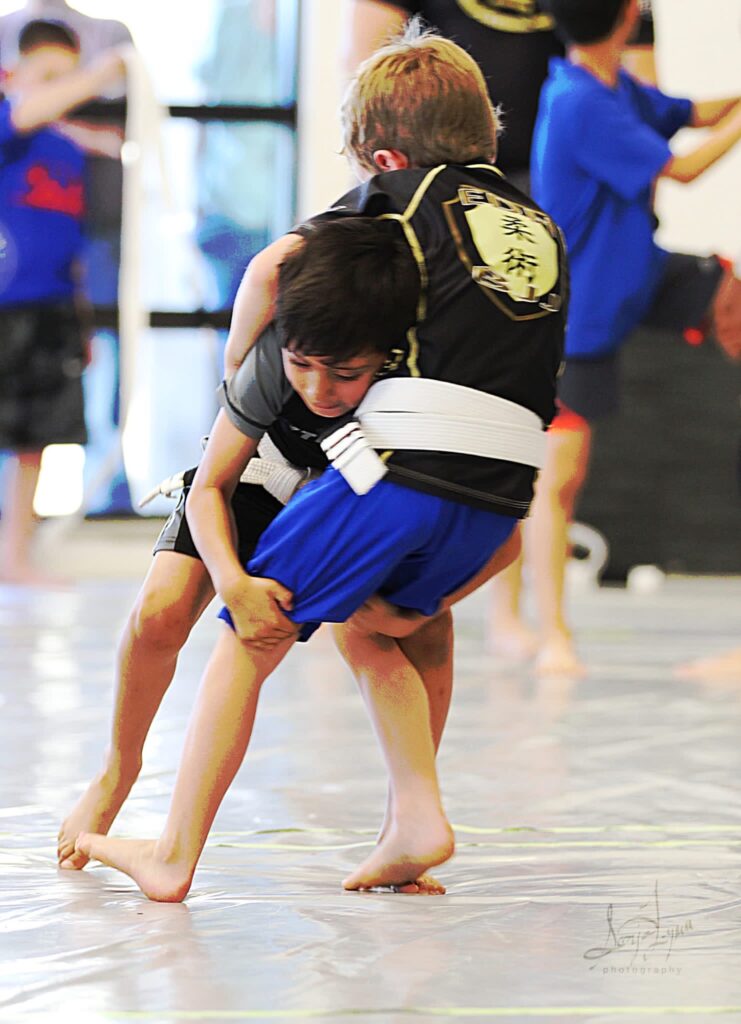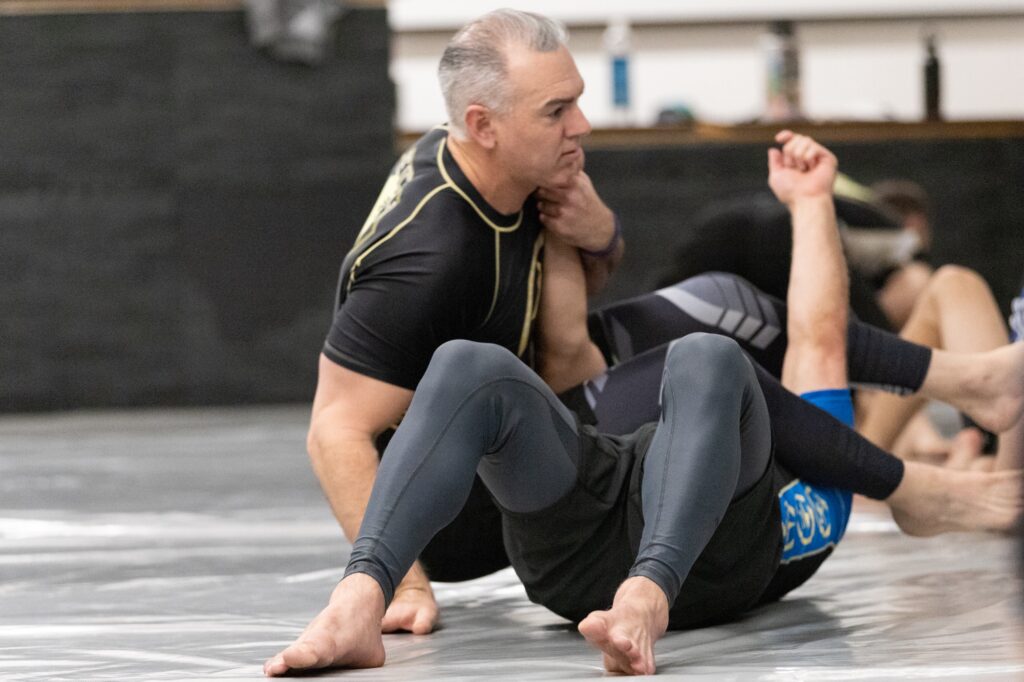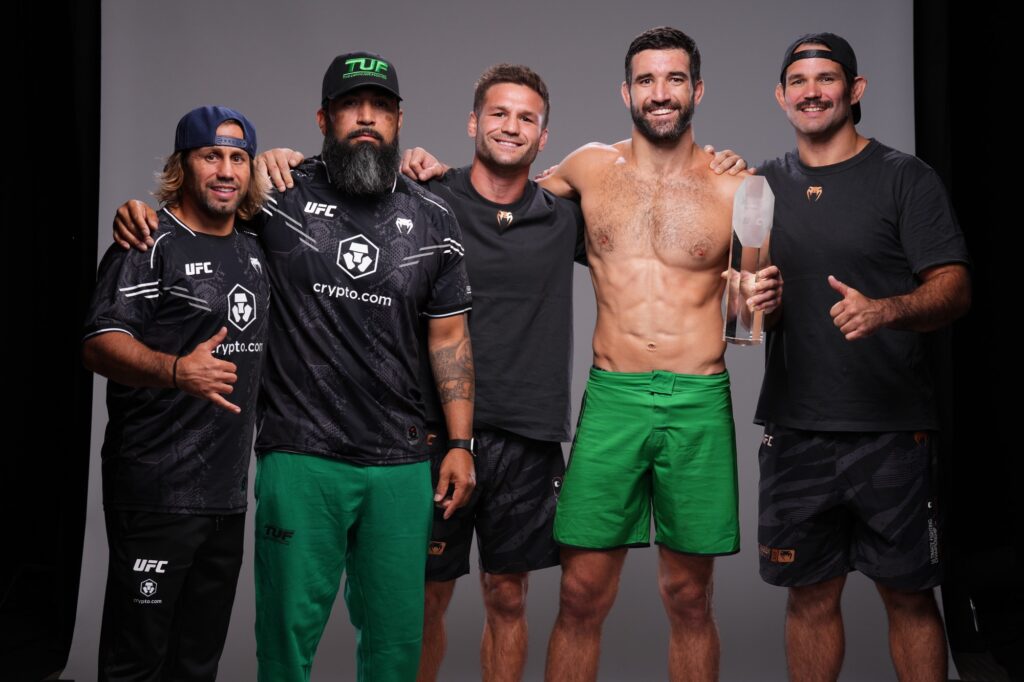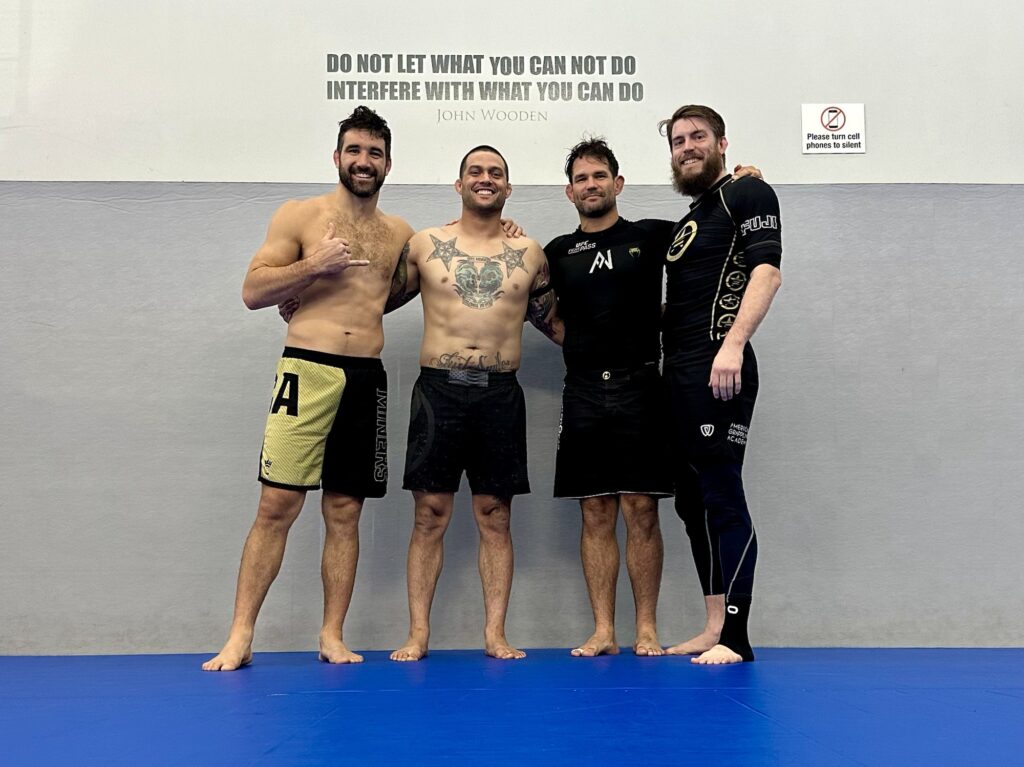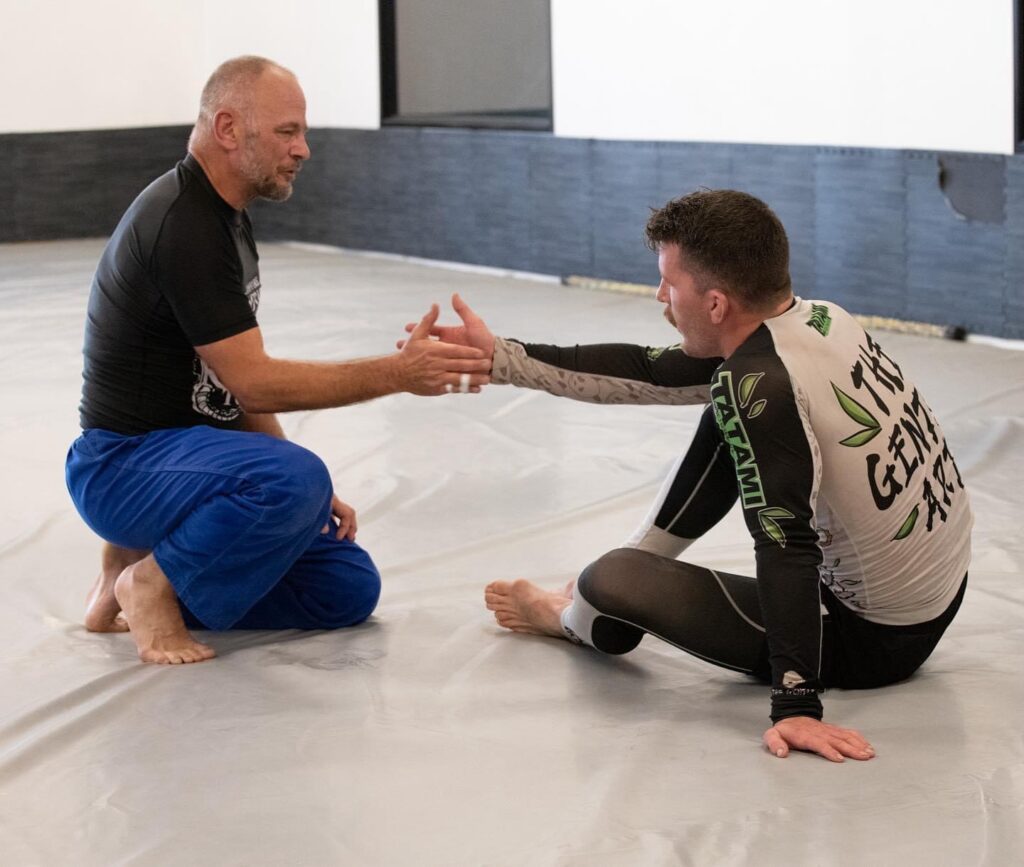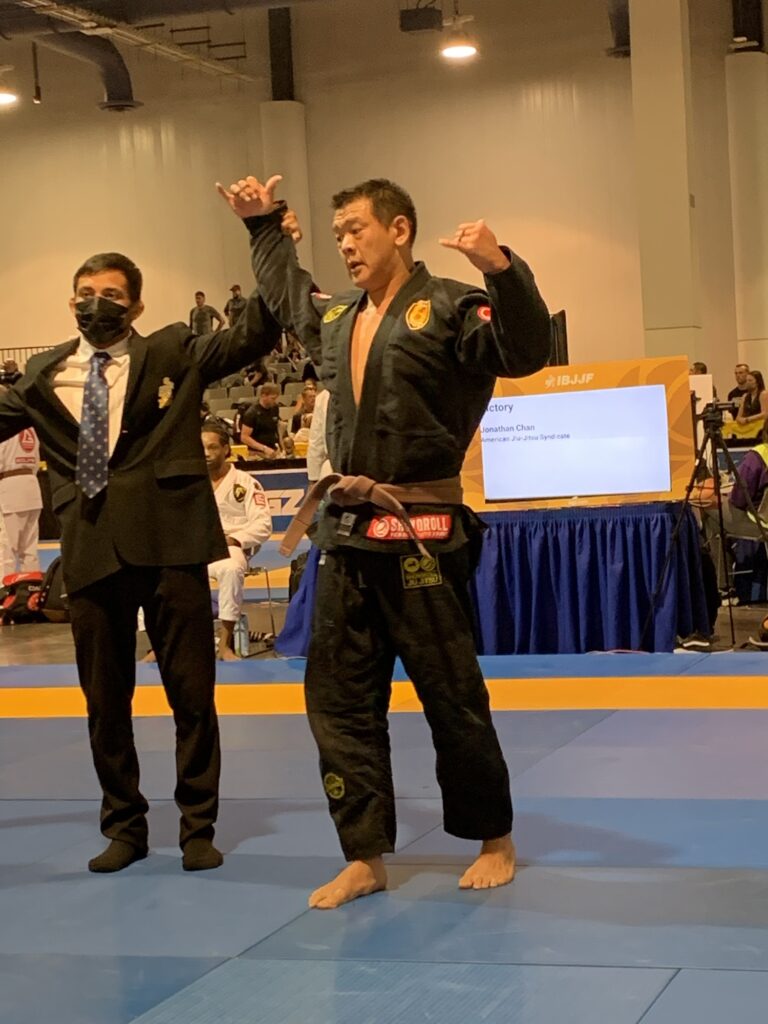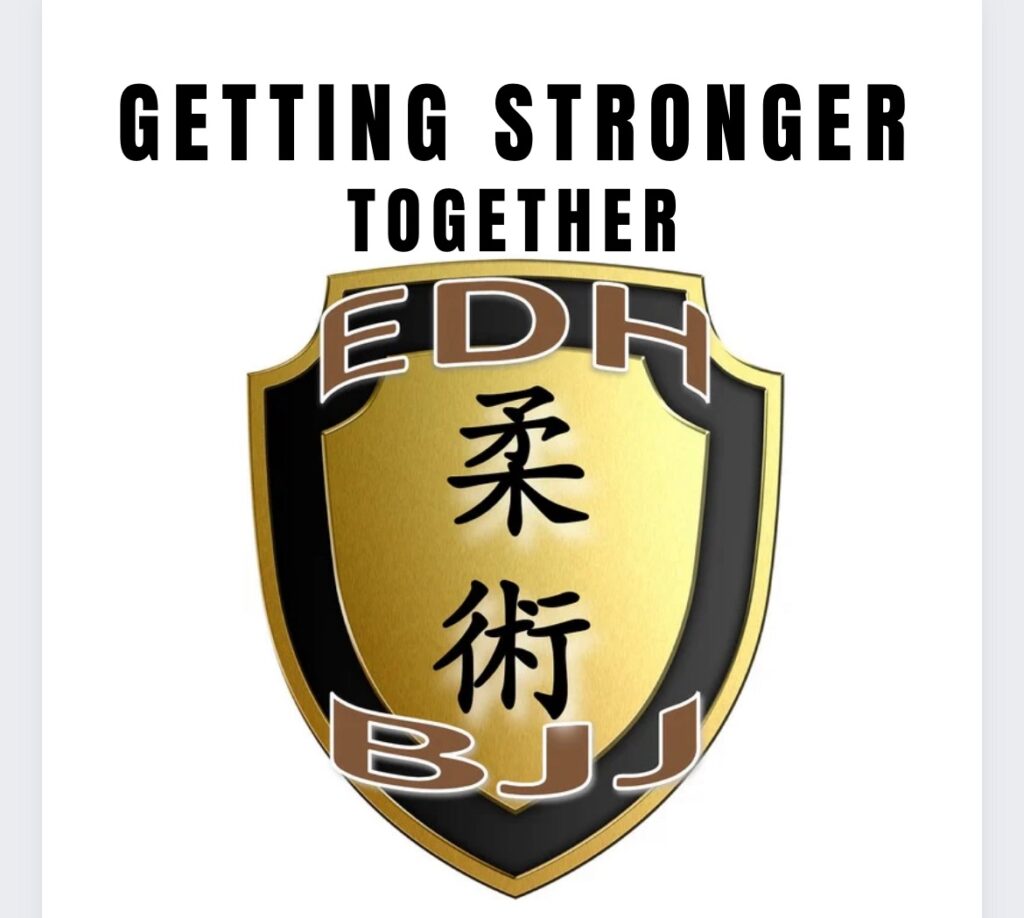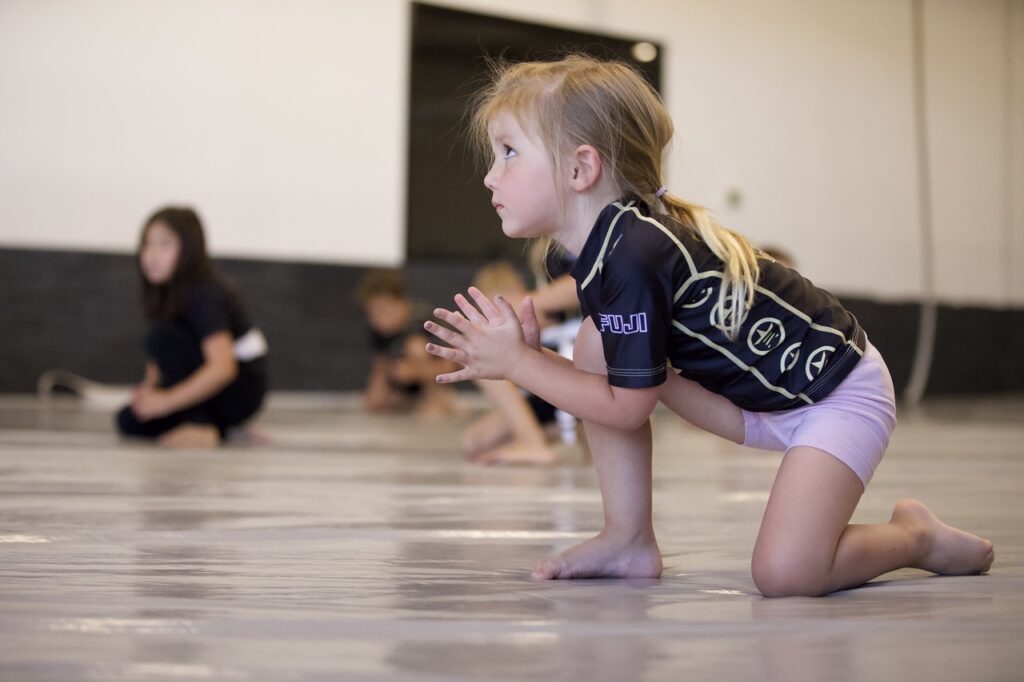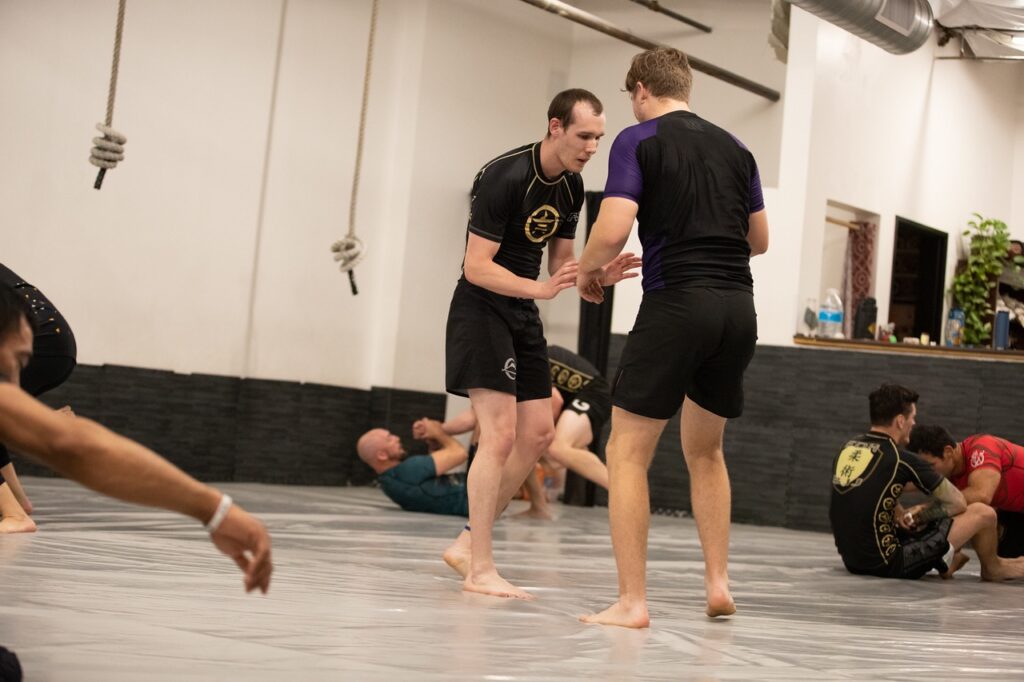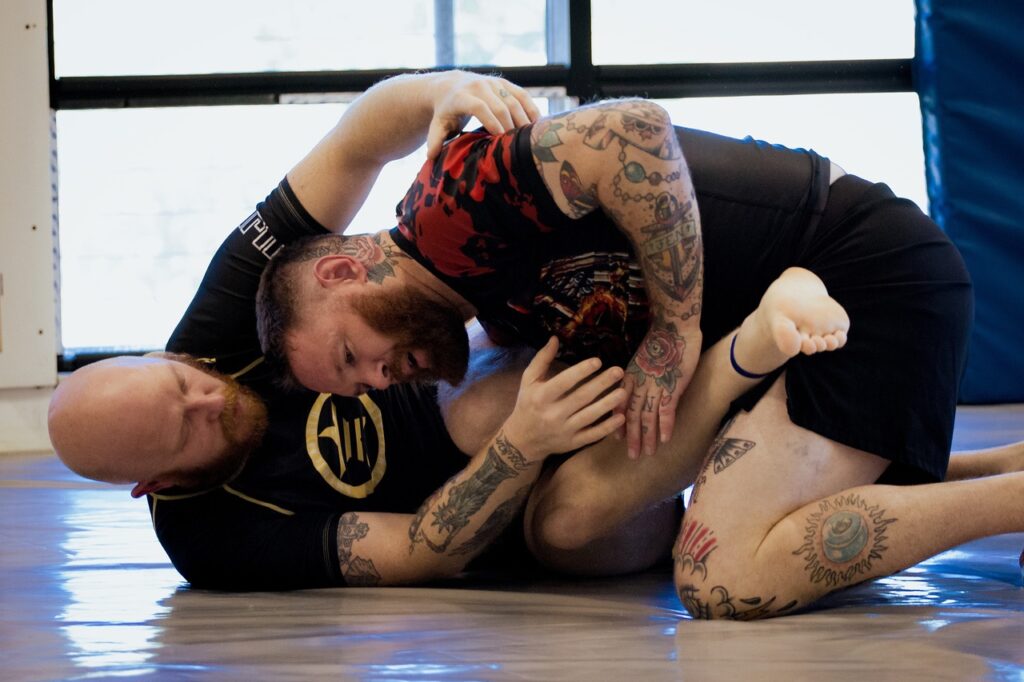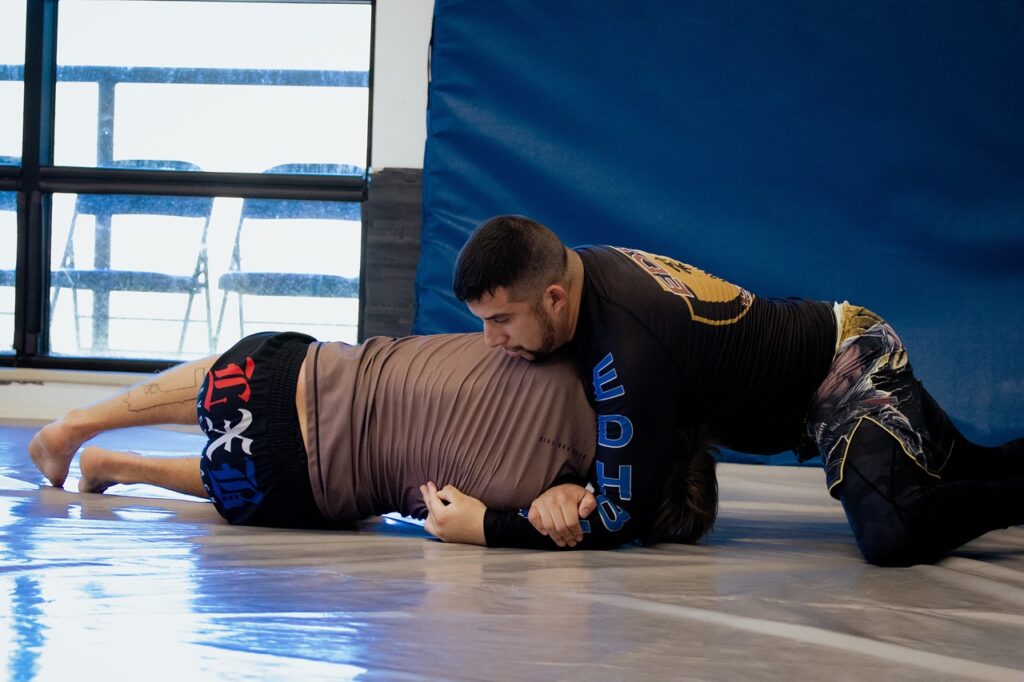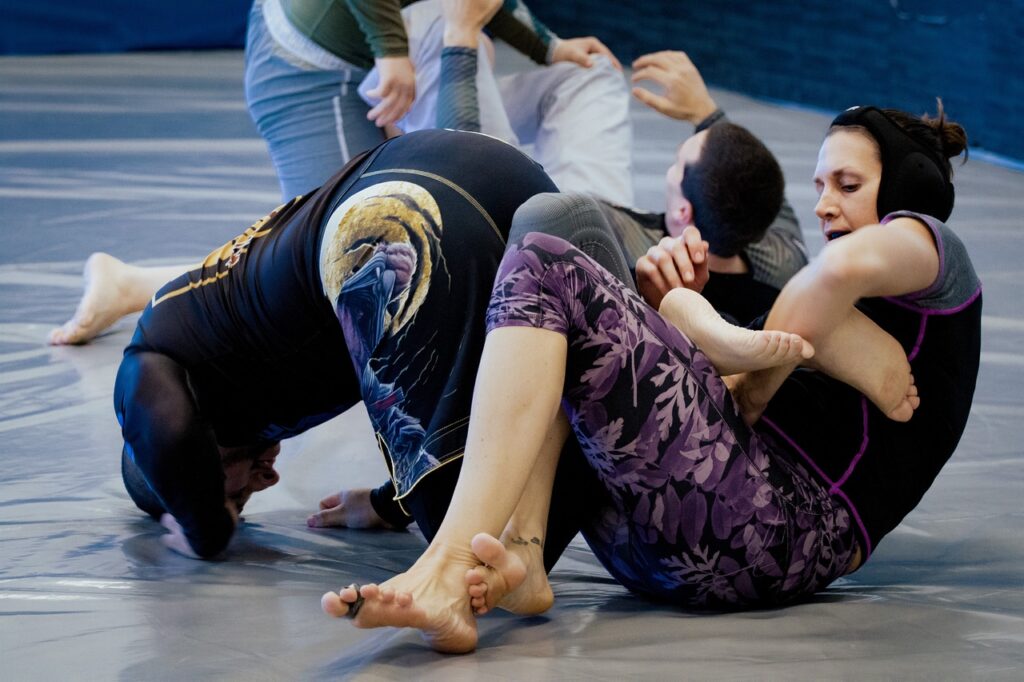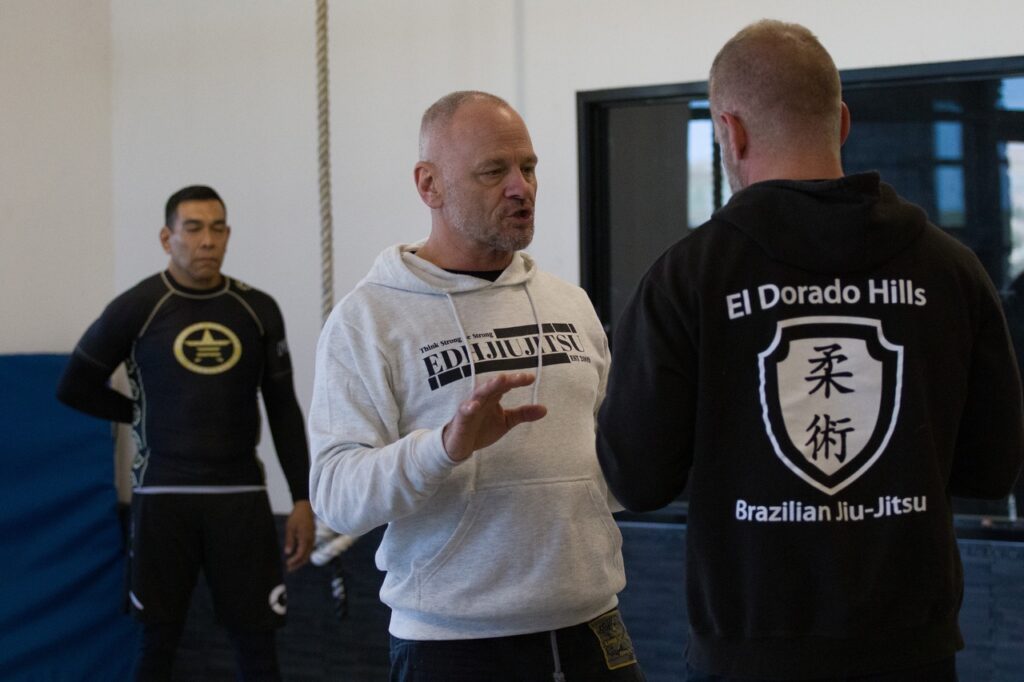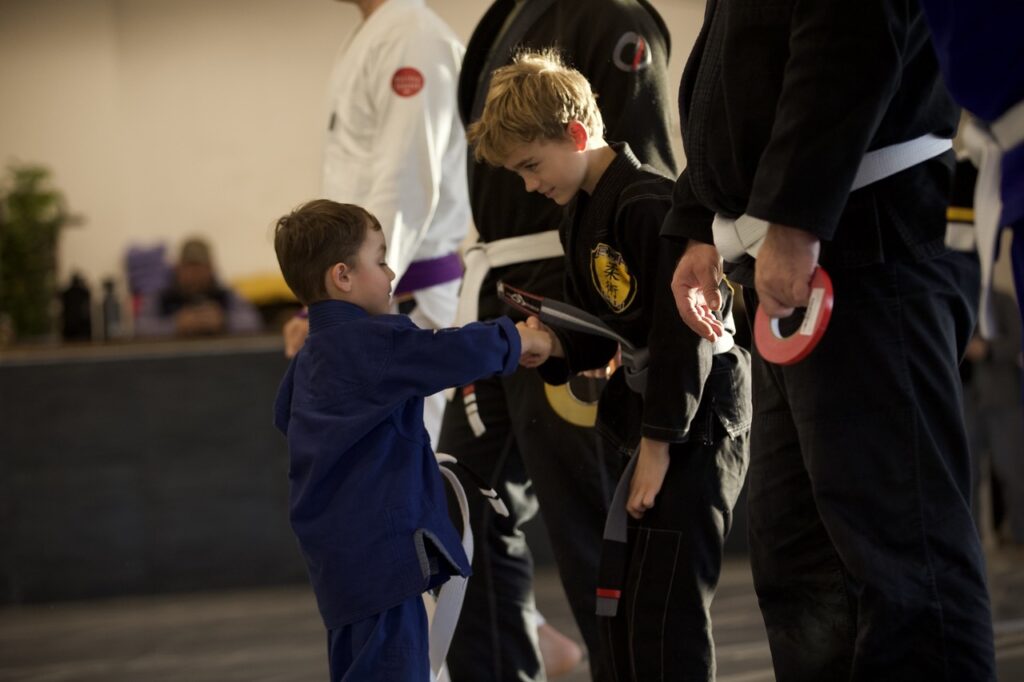
At El Dorado Hills Jiu Jitsu, we believe in creating well-rounded martial artists by blending the best aspects of multiple disciplines. While Brazilian Jiu Jitsu (BJJ) forms the core of our training, we also incorporate key elements of wrestling and judo, adding variety to our techniques and improving our members’ overall grappling skillsets.
Wrestling: Emphasizing Control and Takedowns
Wrestling offers powerful tools for controlling opponents and gaining advantageous positions. Our classes frequently integrate wrestling techniques like the single-leg and double-leg takedowns, emphasizing a strong base and explosive movement. Under the guidance of former wrestlers, students learn how to apply these techniques with precision, especially when transitioning from standing to ground combat. Whether you’re a beginner learning to chain together basic takedowns or an advanced student looking to sharpen your control, our integration of wrestling into Jiu Jitsu ensures a well-rounded ground game.
Judo: Leveraging Throws and Balance
Judo’s focus on off-balancing an opponent and executing throws adds another dimension to our training. In class, we incorporate judo techniques such as the Ouchi Gari (inner reap) and Seoi Nage (shoulder throw), teaching students how to blend them into their Jiu Jitsu strategy. Our instruction emphasizes timing and leverage, giving students the ability to execute throws effectively even against larger opponents. By combining Judo throws with BJJ groundwork, members gain a seamless connection between standing and grappling, making their training more comprehensive.
The Benefits of Blending Disciplines
The integration of wrestling and judo gives our students the tools to deal with any grappling situation. Whether it’s transitioning from standing to the ground or controlling an opponent once you’re down, this blend improves versatility and confidence. Plus, these additional skill sets make our members more competitive in tournaments where takedowns and throws often determine the pace of the match.
We are proud to offer this unique approach to training, keeping El Dorado Hills Jiu Jitsu a place where students of all backgrounds and skill levels can continue to evolve. Whether you’re looking to improve your wrestling, judo, or Jiu Jitsu, our gym offers an environment where you can learn and apply techniques from each discipline, growing your abilities in all areas of grappling.
Join us on the mats to experience how wrestling and judo are seamlessly integrated into our training sessions!
